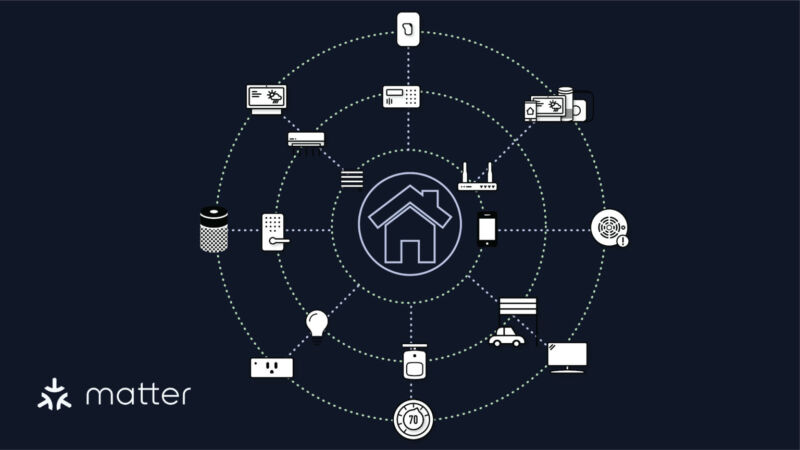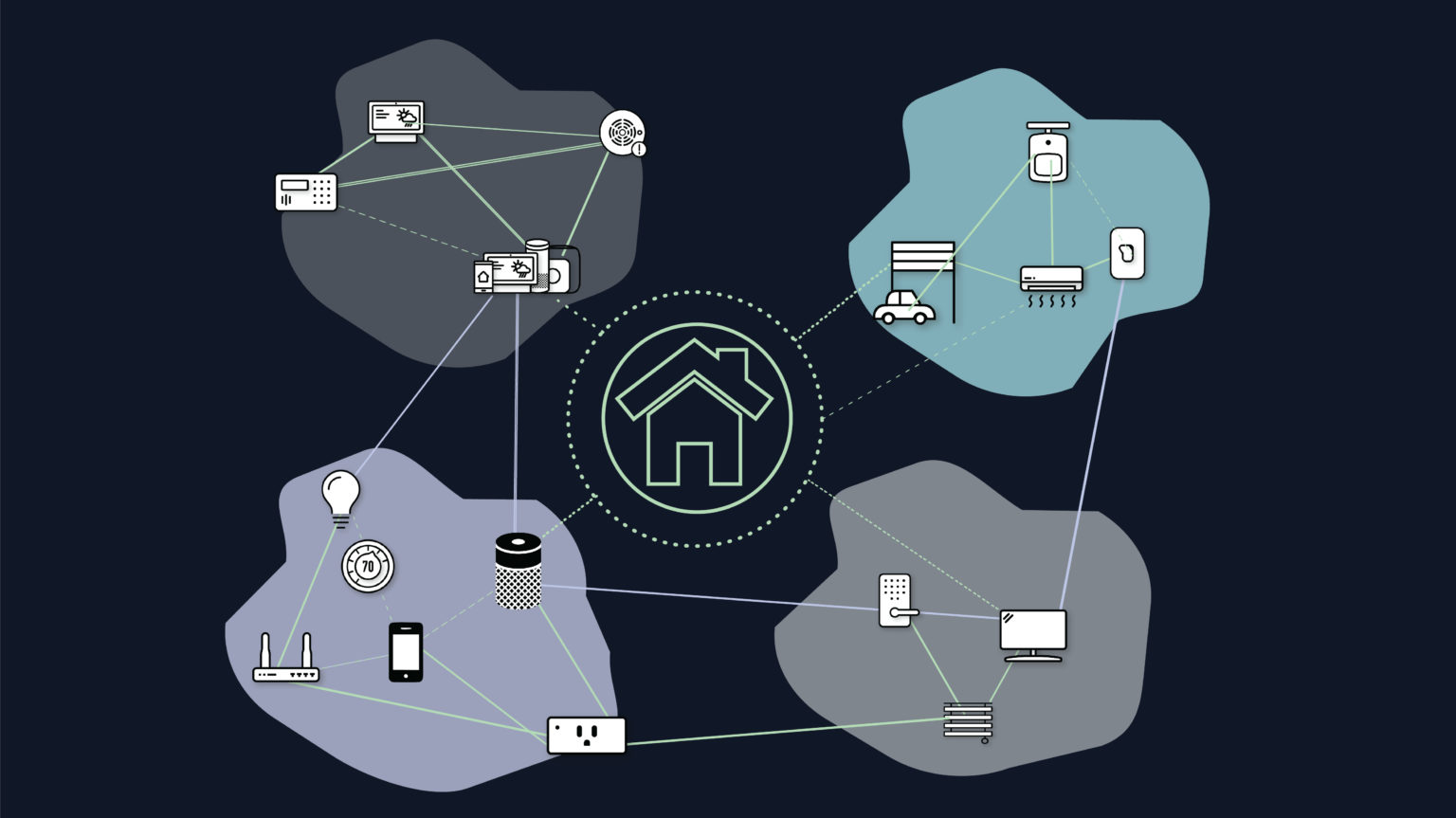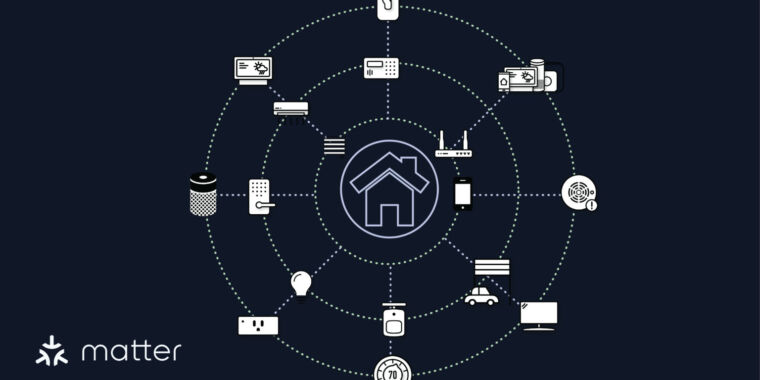Matter, set to fix smart home standards in 2023, stumbled in the real market
A matter for the future —
Gadget makers, unsurprisingly, are hesitant to compete purely on device quality.

Enlarge / The Matter standard’s illustration of how the standard should align a home and all its smart devices.
CSA
Matter, as a smart home standard, would make everything about owning a smart home better. Devices could be set up with any phone, for either remote or local control, put onto any major platform (like Alexa, Google, or HomeKit) or combinations of them, and avoid being orphaned if their device maker goes out of business. Less fragmentation, more security, fewer junked devices: win, win, win.
Matter, as it exists in late 2023, more than a year after its 1.0 specification was published and just under a year after the first devices came online, is more like the xkcd scenario that lots of people might have expected. It’s another home automation standard at the moment, and one that isn’t particularly better than the others, at least how it works today. I wish it was not so.
Setting up a Matter device isn’t easy, nor is making it work across home systems. Lots of devices with Matter support still require you to download their maker’s specific app to get full functionality. Even if you were an early adopting, Matter-T-shirt-wearing enthusiast, you’re still buying devices that don’t work quite as well, and still generally require a major tech company’s gear to act as your bridge or router.

CSA’s illustration of how smart homes worked before Matter, which is unfortunately a lot like how they still work, after.
CSA
Lights that Matter, but do less
Jennifer Pattison Tuohy at The Verge has done more Matter writing, and testing, than just about anybody out there who doesn’t work for the Connectivity Standards Alliance that oversees the spec. As she puts it:
I’ve been testing Matter devices all year, and it has been the most frustrating year of my decade-plus experience with smart home devices. Twelve months in, I do not have one Matter-based device working reliably in my home. To make matters worse (yeah, I know), the one system that’s always been rock solid, my Philips Hue smart lights, is basically unusable in any of my smart home platforms since I moved it to Matter.
When the Matter upgrade for Hue lights rolled out in September, I didn’t move to switch my bulbs over. For one thing, it wouldn’t result in a net loss of limited-purpose hardware (i.e. hubs). If you wanted to move your Hue bulbs over to Matter and control them through Google’s Home app, you’d need a Google Home Hub or Home Mini to act as a Matter bridge device. The same goes for Alexa (Echo devices), Samsung SmartThings (a Hub), or Apple Home (an Apple TV or HomePod/mini). You also lose some Hue-specific function, like gradient lighting and scenes (like holiday green/red schemes). And, as Tuohy has noted, it’s likely not a more reliable network than the proprietary Zigbee setup that Hue ran on before.
The smart home and automation market is like that pretty much everywhere. Aqara offers a Matter-compliant light strip, the T1, but it requires a hub, and using Matter means you can’t use Apple’s light-sensing adaptive brightness, because Matter doesn’t support that yet. The same goes for Nanoleaf’s Matter-friendly bulbs and strips, which are Matter and Thread capable but require Nanoleaf’s own app to provide Nanoleaf’s version of adaptive lighting.

Apple Developer
Matter, set to fix smart home standards in 2023, stumbled in the real market Read More »
